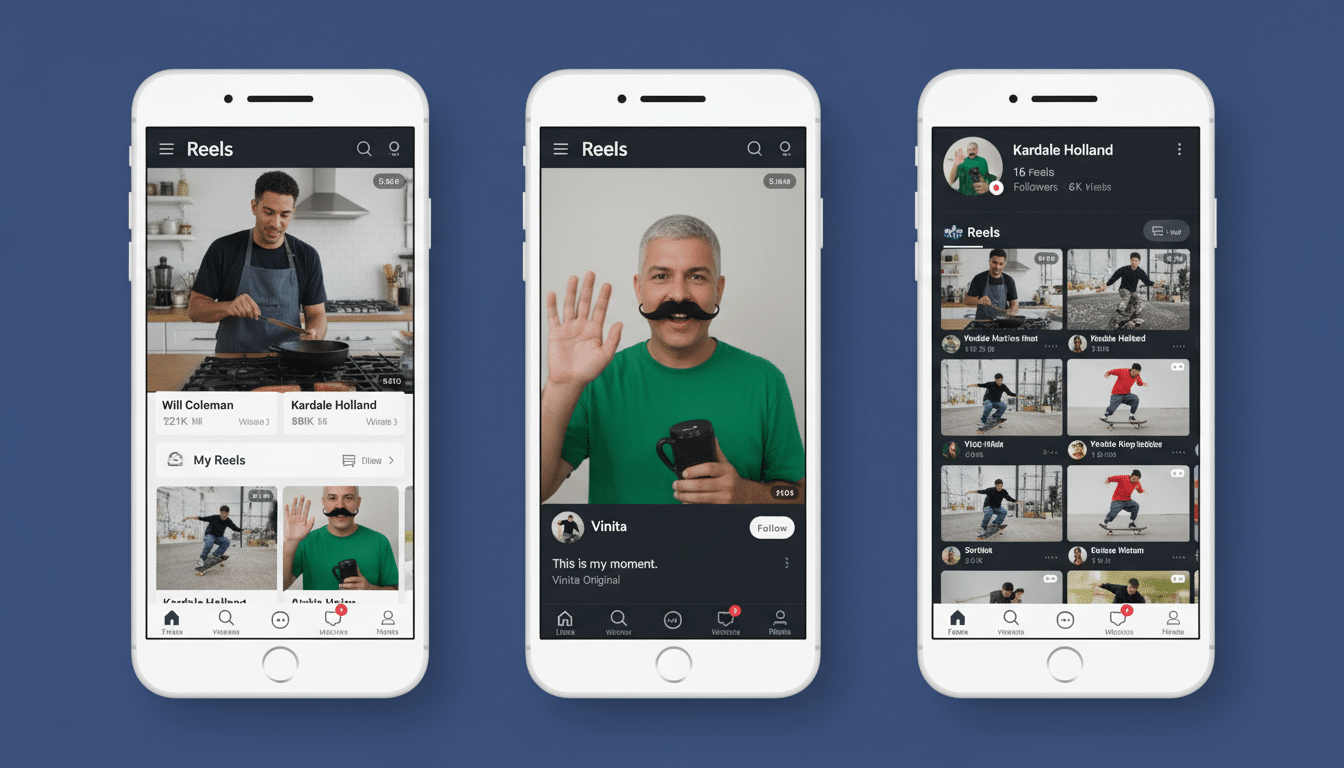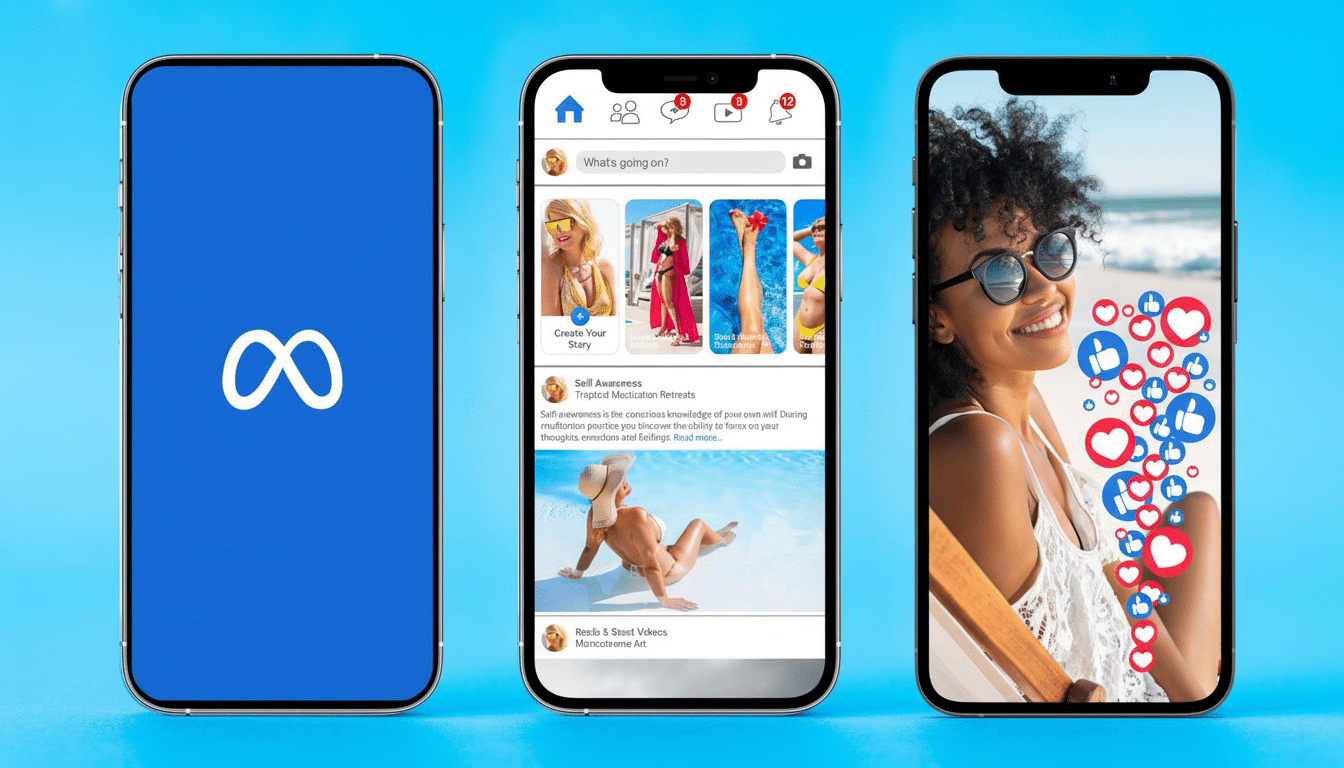Facebook is introducing an algorithmic filter that it says will limit the amount of uploads in users’ news feeds, with a specific focus on Reels. The redesign introduces clearer “Not Interested” signals, refreshed saving features, AI-driven search suggestions and social cues that highlight what friends are paying attention to — all designed to help short-form video feel more personal and less like a firehose of randomness.
What Changes for Viewers in the New Facebook Reels Feed
The biggest shift is control. They can now tell Facebook what to deprioritize by marking comments and even individual Reels they don’t like as “Not Interested.” In practical terms, training the recommendations engine to show fewer videos from related topics, sounds (audio) or accounts. The Save function also receives an ease-of-use enhancement, streamlining the ability to gather favorite Reels and posts into one area so they can be viewed or shared at a later time.
- What Changes for Viewers in the New Facebook Reels Feed
- AI Advice with Tighter Feedback Loops for Reels Discovery
- Freshness and Social Signals Shape What You See on Facebook
- Why It’s Important For Creators And Brands
- Competitive Context in Short Video Across Major Platforms
- How to Tune Your Facebook Feed Now for Better Relevance

Meta says the ranking system will also prioritize recency, and the company should surface about 50% more Reels uploaded on that day as a person is scrolling. That bias toward freshness is meant to keep the feed feeling alive and timely, a reaction to feedback that stale or recycled clips can make the experience feel canned.
AI Advice with Tighter Feedback Loops for Reels Discovery
In addition to ranking changes, Facebook is adding AI-powered search prompts next to Reels — short prompts that help people explore a topic further (“home espresso tips,” “trail running shoe tests,” “budget travel hacks”). This one is modeled on the quick-query chips made popular by other short-video platforms and transforms passive viewing into guided exploration.
And the efficacy of these controls counts. Research by the Mozilla Foundation has shown that on major video platforms, “dislike” or “not interested” buttons have historically affected recommendation quality in mixed ways. By gathering additional granular signals — on clips, comments, and saves — Facebook hopes it can close that gap and make the feedback loop an order of magnitude more responsive.
Freshness and Social Signals Shape What You See on Facebook
Facebook is introducing “friend bubbles” on Reels and in the main feed that will show you which posts friends have liked. A tap on a friend’s avatar opens up a private message thread for fast sharing and chats. It’s a modest design layer with outsized implications: discovery is still algorithmic, but it now applies inside the experience, nudging for talk about what you’re seeing by adding a human filter on top of machine ranking.
Recent and social are friends. Recency adds dynamics to the content pool and social signals give it a place in real relationships. Regulators have been pressing platforms to support users having meaningful control over automated curation — including in regions covered by the EU’s Digital Services Act — so a combination of explicit preferences and visible friend activity may also be a compliance-friendly direction for this to travel.

Why It’s Important For Creators And Brands
As user control gets more acute, bad or spammy video should be more quickly filtered out. That is welcome news for viewers who are sick of clickbait or synthetic, low-effort clips. For creators, that’s now a higher bar: repeat views and saves and shares become even more important signals for maintaining reach. Anticipate an even greater tilt toward original footage, clear storytelling in the first three seconds and series formats that merit habitual saving.
Advertisers could also benefit from cleaner adjacency as the worst performing content is downranked. The trade-off is volatility: A stronger freshness boost means creative fatigue will set in more quickly, and campaigns may require iteration more often to remain in rotation.
Competitive Context in Short Video Across Major Platforms
The attention battlefield has shifted to short-form video. According to the Pew Research Center, about two-thirds of adults in the United States are Facebook users, and consumption of short video is still rising across platforms. Data.ai has observed consistent growth in the hours spent within apps centered around quick clips, and Ofcom has identified short video as a leading on-ramp to online media for young viewers, among other highlights. Compared to competitors like TikTok and YouTube Shorts, Facebook’s differentiator is its social graph — friends, groups and private sharing — and this update leans into that.
And Meta has put billions more toward generative AI, across its products. Though experimentation with AI-generated media continues elsewhere in the ecosystem, the new levers at Facebook explicitly tip toward user intent and quality filters — a counterweight to complaints about clogging up feeds with low-grade synthetic content.
How to Tune Your Facebook Feed Now for Better Relevance
- Tap “Not Interested” on any Reel that doesn’t fit your vibe. Repeating this process about the same topics, sounds or creators accelerates adaptation.
- Save clips you want more of: saves are a powerful positive signal and will improve your future recommendations.
- Tap on friend bubbles to chat and share privately; that conversation fuels relevance around your social network.
- Take advantage of existing “Show More/Show Less” controls that can be found in many places including the Home feed and within topics to set preferences at a more granular level on individual categories or creators without unfollowing them.
The offer in this update is simple: more say, less noise. If Facebook’s system is really learning from this additional input, the feeds people are shown in future will better match their actual tastes rather than just whatever’s hot right now and creators who reliably provide value will be able to access more sustained, high intent audiences.

